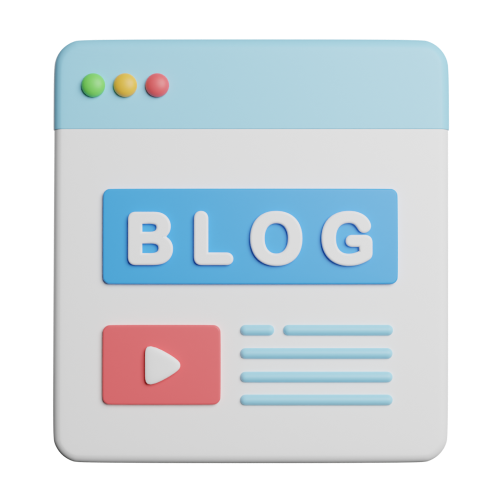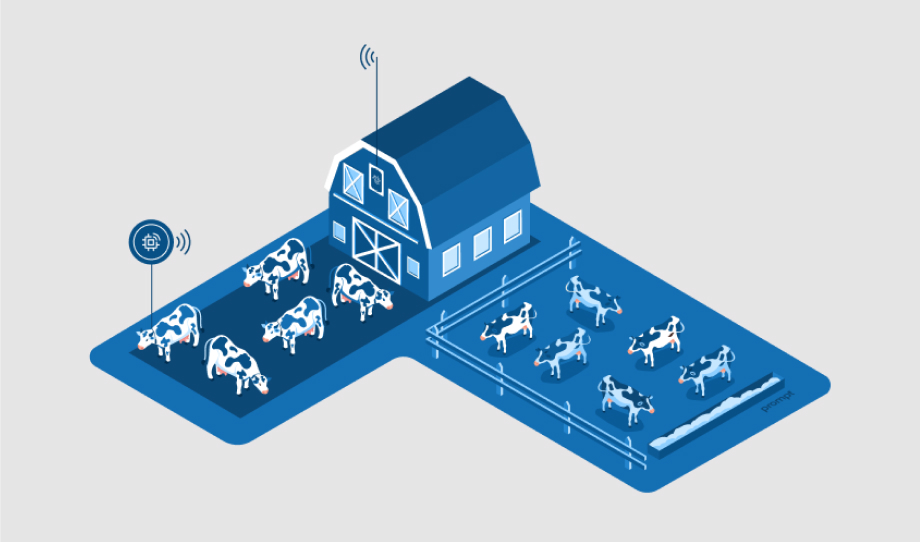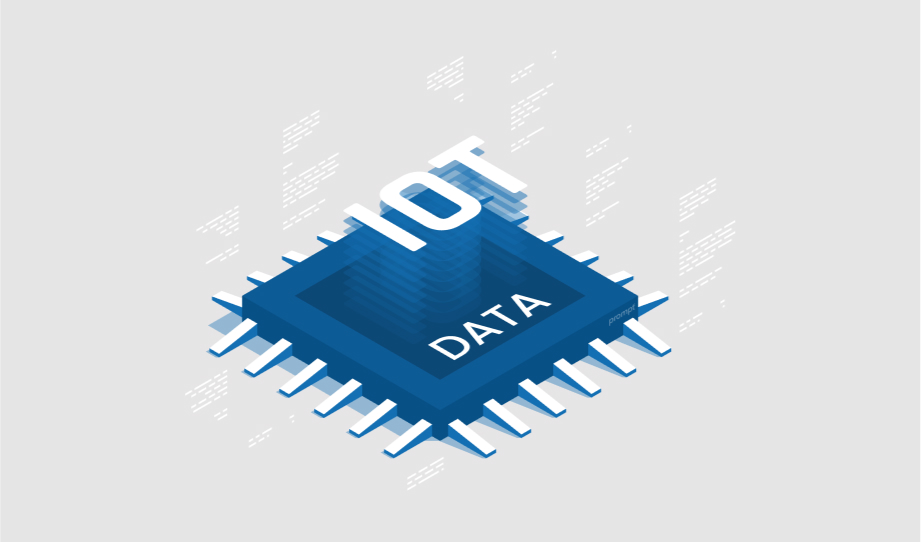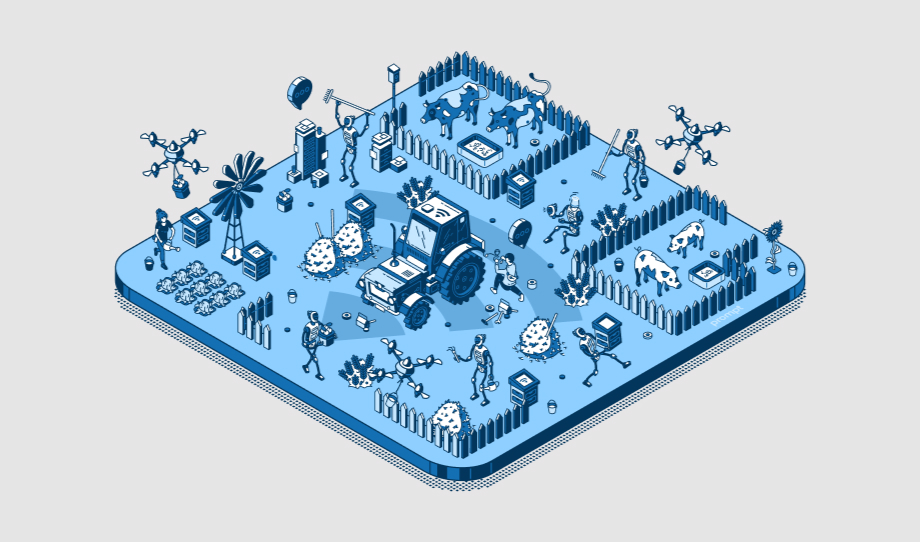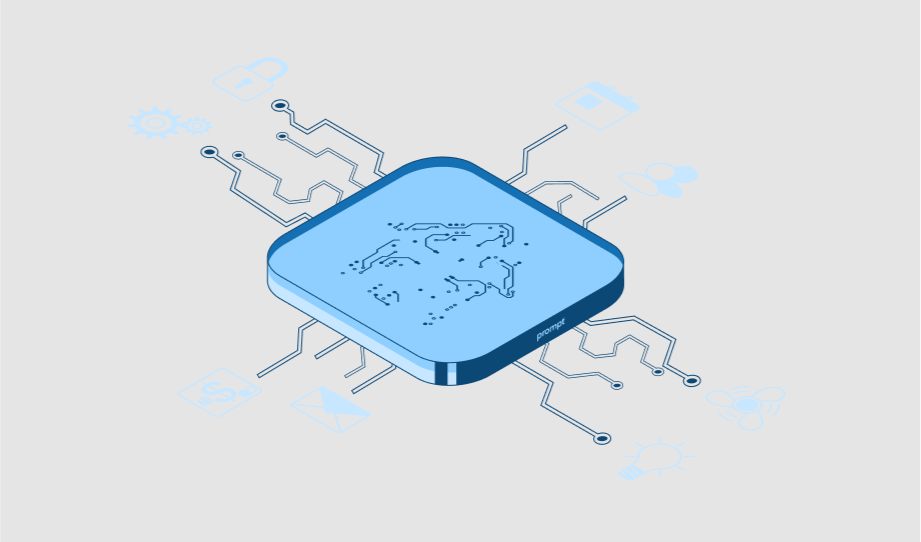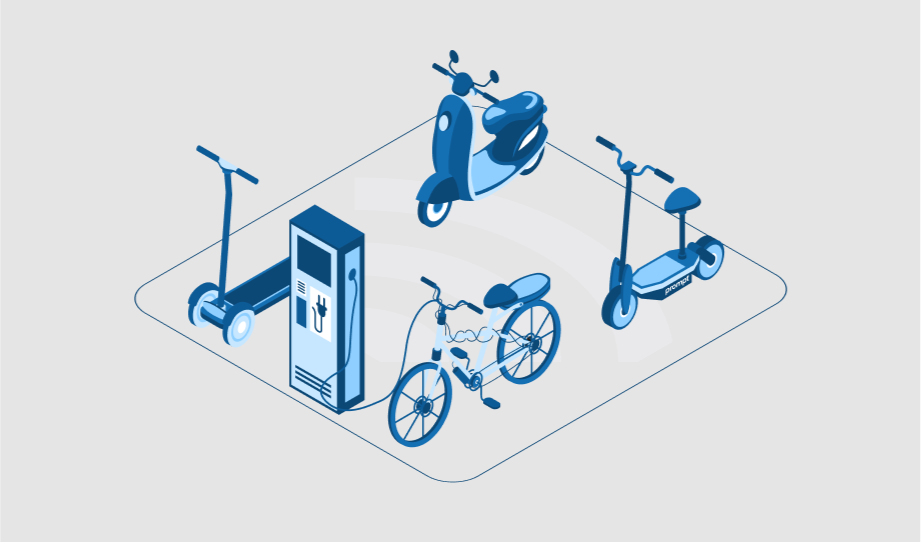IoT-Enabled Livestock Management: A Smart and Sustainable Approach
Food is a basic need for every living being, and the importance of the agriculture industry…
What is the Impact of IoT Data Analytics on your Business?
Today, if we observe the trend and business processes, we can express that IoT solutions are…
How will Smart Farming decide the Future of Agriculture?
Today, farmers are facing more pressure than ever before. Demand for food is growing as the…
Why do We Need Enterprise IoT Solutions for Digital Transformation?
We all are well aware of the changes brought by digital transformation, or we can say…
How IoT Boosts the Micro Mobility Market?
The Internet of Things is no new thing in the tech market. Just look around, and…
